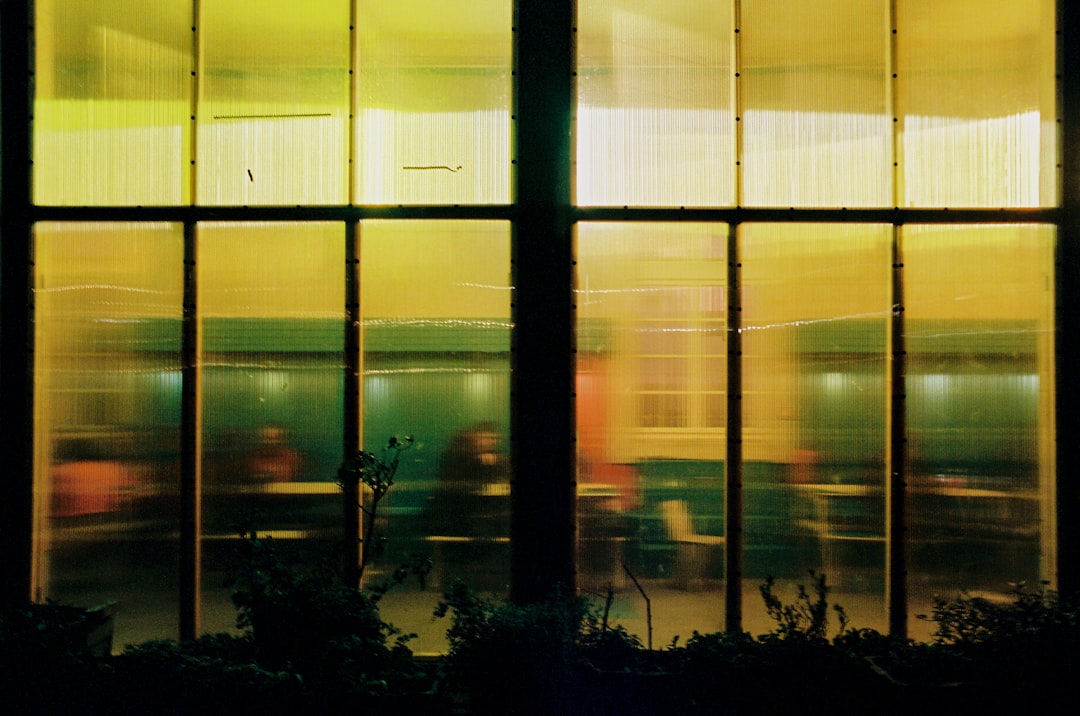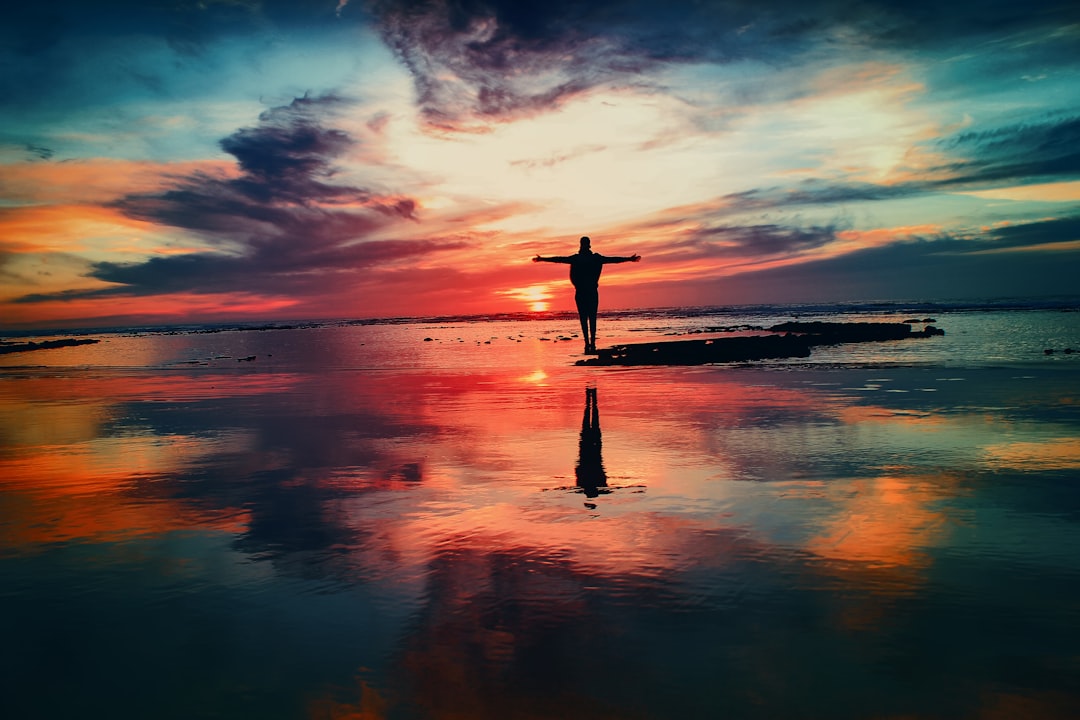Color photography is a fascinating art form that has been around for many decades. As you scroll through this gallery, please keep in mind that color can evoke strong emotions and memories.
Do you remember the first time you ever saw color? Or the last time? A photograph of an old family member taken on their wedding day in color might bring back memories of your own wedding day years later. Color photographs have a way of really bringing out our feelings and helping us to remember moments from our pasts.
The Begining of Color Photography
Photography is an incredible art that has been around since 1839. In the beginning, photographers would stare at their subject for hours to capture a perfect frame of it in black-and-white; however, as technology continued to evolve so did photography and soon became more easy than ever before!
Photography was born out of necessity when inventors wanted something better then paintings or drawings but didn’t want to take up much space like sculptures. Arguably one of the most important inventions humans have created over time, photography can be used everywhere from capturing precious memories with friends and family members on camera phones all day long which many people do now days because they’re always connected thanks social media sites such as Facebook where you don’t even need
In the early days of photography, most people were not focused on getting color photographs but instead working to make improvements in various aspects of how photography works. The goal was often portraiture and many worked tirelessly until they had achieved their goals for this application that made it more stable, portable and affordable – all without a focus on achieving colorful images!
You can learn more about other types of photography here Understanding the Types of Photography
The introduction of color photography was greeted with mixed feelings from the public. The majority wanted to experience portraits in full, glorious color but recognized that it would take some time for this medium to be fully embraced by society at large due its technical limitations. As a result, early photographers experimented with tinting photos manually and employed artists known as hand-colorists who were adept at coloring daguerreotypes and calotypes according Japanese aesthetics which emphasized simplicity rather than realistic detail or naturalism because traditional art depicted nature using flat areas of colors without strong contrasts between values on objects such as gradations among light sources coming through windows into castle rooms where illumination changes depending upon location in room
It was not until the arrival of Autochrome plates in Europe and America that hand coloring became a thing of the past. This mystery technique persisted for about thirty more years in Japan, but even there it eventually died out with time as well. When we think back on this ancient art form today, what comes to mind is an image like Fishermen on a Boat by Felice Beato or Kusakabe Kimbei because they are among one of few who used such techniques during those last twenty years before its death knell rang across all parts where photography had taken hold.
Autochrome
The process of photography was not just a means of documenting moments, but also an artistic medium. The Lumière brothers were among the first to recognize this when they patented their Autochrome camera in 1907 and introduced it with great success at the Paris Salon as “the most beautiful thing you have ever seen.” It would take decades for color film technology to catch up; Kodak’s Cineon system releasing in 1976 is credited with paving the way for modern digital cameras that could record true colors even after dark.
Color Positive, Color Negative Films
In 1935, Leopold Godowsky Jr. and Leopold Mannes ushered in the modern era of color photography by inventing Kodachrome, a color positive (or “slide”) film produced with a subtractive process that required dye couplers to be added during processing but captured fine details because there were no such things as dye couplers in it’s emulsion.
Kodachrome was invented in 1936 by a company called Agfa, and the process of using it had to wait until 1949 when World War II ended. In fact, Kodak came out with their own color film just two years after Kodachrome hit stores but even though they were well known worldwide for being good at creating photographic equipment – like cameras and films- they weren’t able to match what that one German company could do with this new invention. It took them over 20 years before improving on quality or reducing price enough so as not be overshadowed by the original product from Germany who also beat them into introducing light sensitive technology back then too!
Color Photography Create Creative Opportunities
Color photography has been around for a long time. As early as 1900, color film began to surface; this led the way for creative possibilities in nature and wildlife shots through Eliot Porter’s work with American birds and Ernst Haas’ photojournalism series New York. Though it would take decades before improvements were made that allowed newspapers to incorporate more of these images into their daily publications, photographers had already begun taking advantage of the new medium by bringing vibrancy back into everyday life–something we can still see today if only we know where look!
The Public Have Recognized Color Photography 
The introduction of color film photography in the post-war era created a perfect storm for success. Professional photographers found that they could use this medium to produce high quality images, while enthusiasts were able to experiment with all sorts of exciting new techniques and effects.
In the late 1800s, color film became available for amateur photographers. Color was an especially forgiving medium and it enabled many people to pursue their own photography even if they had never done so before. Every kind of camera imaginable from drugstore disposables all the way up to professional quality cameras which were easy on anyone’s budget could be found in stores at this time too. People used these new-found tools for everything – recording hazy beach vacations as well as unique moments like being able to share images using Earth’s first ever satellite imagery!
Color Photography is considered Fine Art
It was a slow process for color photography to be recognized as an art form. This all changed in 1962 when Ernst Haas had his first solo show at the Museum of Modern Art, and Life magazine published some of his photos that were taken with color film.
We learned how William Eggleston was introduced to color photography by American photographer, painter, and sculptor. He had an interest in dye-transfer printing which made his photos have deep colors that he liked a lot! It took over 10 years for the Museum of Modern Art to exhibit these colored photographs but they were worth it because now we can see them too.
The new wave of color photography in the late twentieth century is thought to have begun with Candida Höfer’s groundbreaking pictures depicting interiors, followed closely by Richard Misrach’s Desert Cantos. These two artists set a significant and lasting precedent for other photographers who would soon follow suit: Miguel Rio Branco (Dulce Sudor Amargo), Bruce Davidson (Subway) and Alex Webb ((Hot Light/Half-Made Worlds).
Candida Hofer is seen as one to make the field of color fine art photography into a much-loved industry for many people. As soon as she made her mark, more artists began making their own style in this genre and newspapers embraced it too.
Color photography became a widespread phenomenon in the late 1890s when magazines began using it for advertising purposes. The printing was expensive and unreliable, but by 1923 techniques had improved so much that color advertisements were now commonplace with publications like “The Illustrated London News.”
The first newspaper in America to offer full-color printing debuted back in 1954. Twelve percent of American newspapers were already using some form of color by 1979, but they all made the switch over a mere decade later.
Color photography is a new and innovative way of portraying news in an engaging manner. For some newspapers, it was not financially feasible to use color because the equipment necessary for printing would be costly. In addition, there were those who still felt that traditional black-and-white photos were better at capturing scenes with more detail than their oversaturated counterparts could ever offer – making them less inclined to embrace this newer form of journalism altogether without reservation or hesitation.
Traditionally, the move to color in newspapers was slow because of class differences between high-minded papers and populist tabloids. Color advertising first appeared 1936 but it took another twenty years before a major paper – The Sunday Times published its first supplement with full colour content. This movement began not from newspaper owners themselves but instead by Today, which at that point had become Britain’s most popular tabloid publication (though still third overall). Newspapers eventually followed suit so as to bridge this divide; however they were reluctant until the success of other publications made their own lack thereof more noticeable.
When USA Today launched in 1982 with a full-color palette, it was not an immediate success. Newspaper readers were accustomed to black and white or gray tones for their news but the younger generation demanded color! One study showed that advertisements in colors sold 43% more than those without color so after some time consumers began to demand colored ads as well.
Newspapers finally found their voice in the new millennium. The full spectrum of color allowed them to better compete with magazines and television, both of which portrayed the world in all its colorful glory.
Color is now a welcomed and expected presence in all news publications. But for the longest time, it was met with opposition from those who believed that bringing color into print would be too extravagant or unprofessional of an idea; after all, newspapers were black-and-white to match their readers’ lifestyle as well as budget!
The digital revolution changed this sentiment drastically: suddenly photographers could explore colors like never before – they weren’t limited by chemicals and processing times any more. And soon enough publishers caught on to what these new technologies had offered them: how much richer images can become when cast through different shades? Soon there wasn’t just one type of photo being shared online but many varieties ranging anywhere from bright neon greens to deep purples.
Black-and-white was the default for photography until digital cameras came around. With a black and white film, everything is captured in color first before it’s converted to greyscale once developed. However with a digital camera, you can choose what colors are used by shooting photos in both formats: color or monochromatic (black and white).
Digital photography has made one of the more important tools in a photographer’s arsenal, color. It is easier to take pictures without having to change film or spend lots on processing films because everything can be done digitally now with white balance adjustments and working with different lights all at once. The result? Color takes over as our main form of visual representation for anything we see around us, becoming universal human cultural experience that was never possible before!
Digital photography has had its share of difficulties. People have been complaining about the color quality for years, but then again that’s not unusual in any field with a shift to new technology. While digital cameras are now much better than they were when people first started using them (and it will likely only get better), there is still room for improvement – especially since we’re getting more and more used to shooting photos on our smartphones.
The dilemmas of color vs. black-and-white are always a question for aspiring photographers, and it’s important to consider the advantages and disadvantages before making your choice.
Color photography has come a long way since its inception in 1839 when Louis Daguerre unveiled his “diachromatic” method that would later be dubbed as daguerrotype.
I hope you enjoyed this post of color photography. What are your thoughts about the ideas in the post ?
If you want to learn more about the history of color photography, you can go to this page from Wikipedia:








1 thought on “Color Photography: Visual Inspiration and Its History”
Comments are closed.